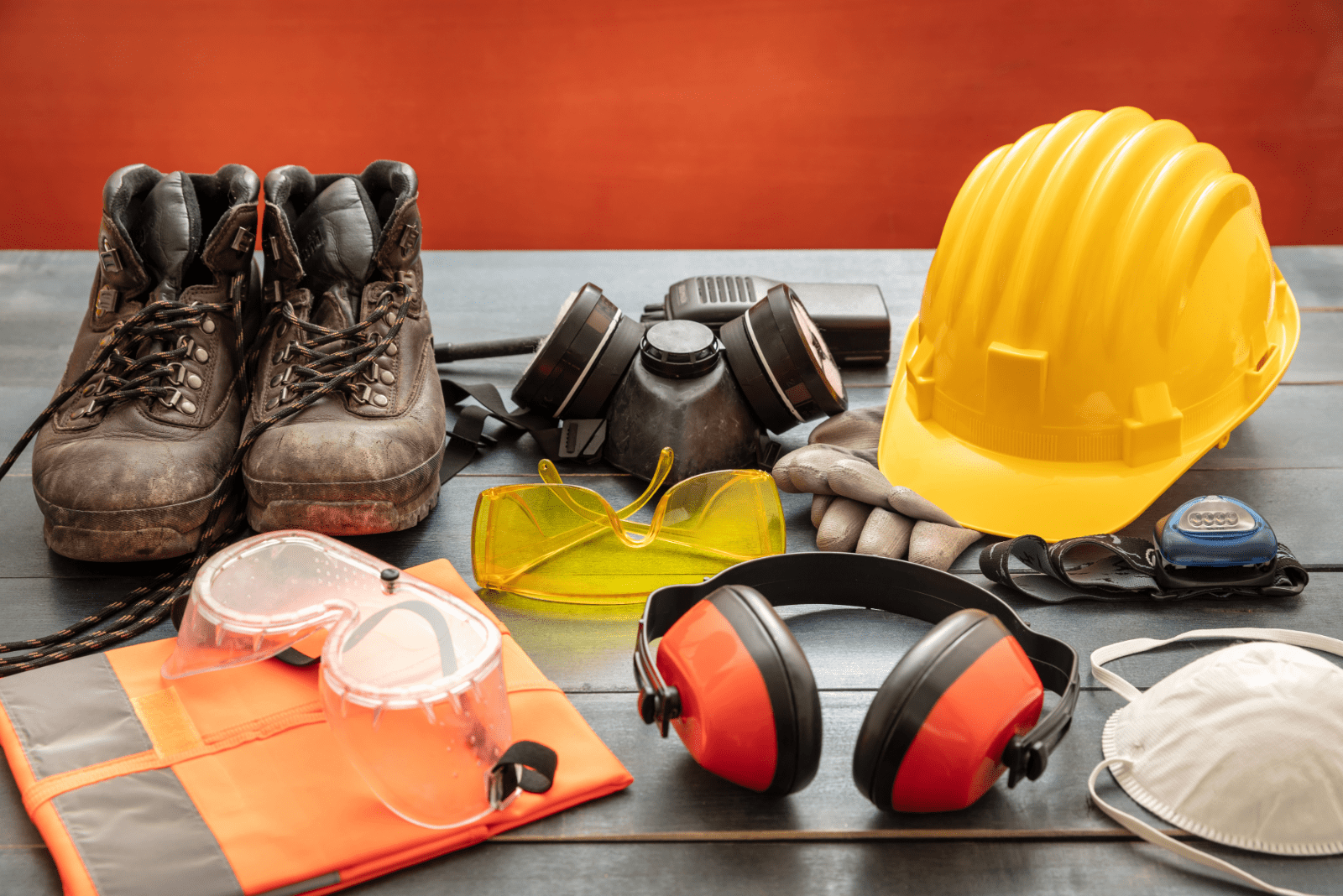Since the first iteration of the Construction (Design and Management) Regulations in 1994, there has been a very clear focus covering all manner of construction work in terms of designing and delivering projects safely.
While the immediate safety of all workers has always been at the forefront of these regulations, there is an increasing focus on occupational health and wellbeing given the very significant long term impacts of musculoskeletal injuries, occupational illness and now including the broader mental health and wellbeing concerns that are manifesting themselves within the construction industry. We’ve outlined just a few below.
Health, Safety and Wellbeing in Construction
Considerate and compliant Employers, Clients, and other Principal Parties should be considering not only securing health and wellbeing on par with keeping people safe, but in some cases looking to improve health and wellbeing across the longevity of a project.
The CDM Regulations makes clear, they are not just concerned with the design and building of new structures, but also the “management” and this directly links to how structures will be operated, maintained and, if necessary, upgraded throughout their lifespan.
It is also increasingly important to consider how structures will be accessed for maintenance and repairs to minimise the impact on a worker’s health. For example, in the past it may have been acceptable to have small crawl spaces, relatively inaccessible items only accessed through working at height, or control systems which can only be accessed having physically got into a confined space.
Principles of Prevention
The principles of prevention apply just as much to issues around occupational health and wellbeing as they do to mainstream safety and therefore all involved in construction projects should be thinking about the implications of how the structure is to be built and maintained and how those involved with the structure will be protected in terms of ongoing occupational impact.
By considering these aspects and an overall increase in performance standards can be achieved, not only in terms of the construction phase, but also in terms of the ongoing use of a particular building or structure.
When further consideration is given at the early design stages to making the structure as efficient and user friendly as possible, there is increasing evidence that the building itself becomes more sustainable and attractive for those working within it or involved in its maintenance and operation.
Duty to Consult Workers
By consulting with workers in any workplace, they have an opportunity to feed in what they need and expect in terms of day-to-day operations.
This concept should not be restricted to the end use. By applying this concept during the design and construction phase, a much broarder spectrum of consultation and input from workers is received and will inevitably mean that the design of the structure should be more effective. Including consideration for construction related occupational challenges such as ergonomic and efficiency aspects, should return a positive benefit not only for health and wellbeing of workers but also the success of the construction project itself.
Ensuring that all the key duty holders embrace the fundamental principles of communication, coordination, and cooperation regarding occupational health, will improve the success of that project and the long-term health and wellbeing of everyone involved.











